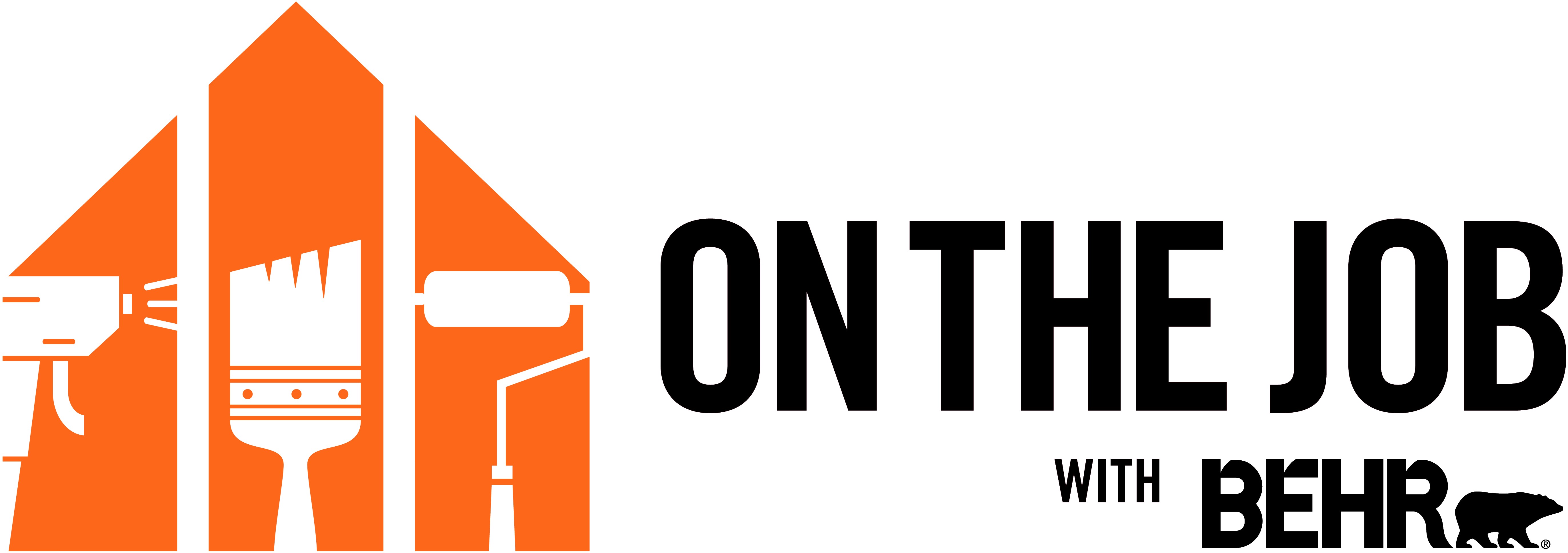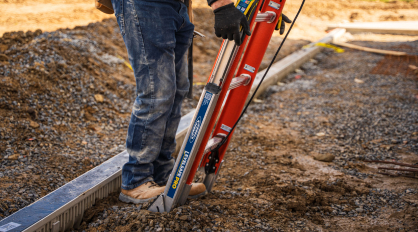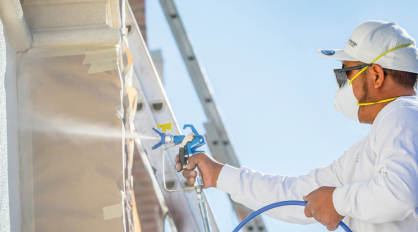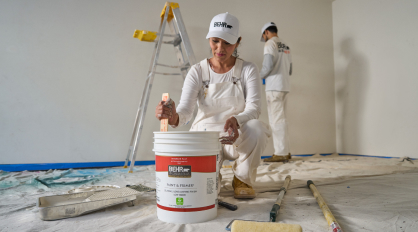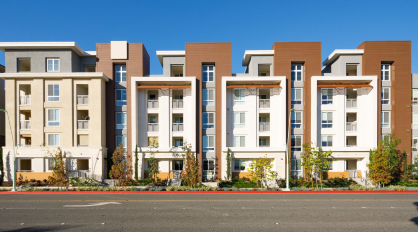Skilled, proficient painters are critical to your business’s reputation and success; however, training new painters to master the art and science of painting can be a challenge.
Even though you likely have a lot on your plate as a business owner, creating and implementing a strategy to properly train your painters is a sound business decision.
So how do you efficiently train a new or seasoned painter to perform the jobs to your liking and on time? Since every business is unique, every training program should be a bit different. Let’s hear from three painting business owners who share their most successful training tips to retain talent and build your business.
Have a Plan
One thing Stacey Spear*, owner of SS Painting in Virginia, learned in her early years of owning a painting business was that a training plan is a must.
When I started my painting business, I didn’t do much training. I assumed new painters could pick it up by following along and watching me. I noticed when I would correct someone’s technique or process, they would often say ‘You never taught me that.’”
Spear quickly got to work on a plan. The goal was to thoroughly communicate and teach each painting process and create accountability for following and implementing the processes.
Spear created a three-month training program, complete with detailed instructions for each process, checklists and safety protocols.
Month one – Orientation on company values, principles, tools/materials, etc.
Month two – Precision and quality
Month three – Gaining speed and hitting production goals
Once the three-month training is over, each painter is tested on quality and production requirements.
In our training plan, everything is laid out, so employees know what’s expected of them on day one,” says Spear.
Technique First; Speed Second
We know that in month one, their production time will be the slowest, but by month two we begin to see improvement, and by month three, we expect them to meet our regular production times,” says Spear.
Kevin Wooten*, owner of Carolina Painting and Pressure Cleaning, Inc. in South Carolina, agrees that precision is first, and speed is second. He says that repetition of the same movements over and over is the first strategy to getting faster.
We start by teaching technique. We teach a specific technique like painting a door, and we repeat that process many times making sure that it happens the same way each time. As they practice the process, the speed increases,” says Wooten.
He says the second strategy is keeping tools nearby and organized.
The biggest time killer in my 40ish years of having employees is them walking back and forth looking for their duster, rag, caulk gun, etc. If you want to speed them up, require a painter’s tool pouch/belt.”
Use Production Rates
Chad Jeffries*, owner of Brick City Painting & Drywall in Missouri, says that training not only helps his company deliver quality and perform predictably on the job, but it also keeps their retention rate high. The company has a team of 40 people, and they are extremely proud of the little turnover they experience.
One of the reasons our retention is so good is because we put time and effort into our painters’ success,” says Jeffries.
Production rates are a documented measurement of the average time a task or job takes, and this company has been tracking and recording them for years. They’ve found that recorded production rates can help set expectations for new team members to ensure no one is falling behind. If you need tips for collecting your production rates, check out this article on Determining Your Production Rates.
At Brick City, production rates are monitored both on the job and in a specially built training room.
We have a training room with cameras and a timer. A binder outlines specific tasks the employee will run through so we can get a production time on doors, walls, etc. We collect times so we can see if someone is struggling with a specific task. Then we can go back and review the video to see where the problem is.”
This strategy creates a coaching environment where objective data is given to employees to help them identify how to improve and perform their best.
We are careful that this is never used to ‘shame’ someone about their job performance but instead ensures that they receive all the training and help that the company offers,” says Jeffries.
Though training can be daunting, it’s a critical building block for developing successful painters and scaling your business. Remember to include required safety training and meetings in your plan.
If you want to create or improve your current training program, check out these industry resources for ideas and advice. Don’t forget, Behr has some great resources too!
Painting Contractor’s Association – Founded in 1884, this industry association offers a plethora of training, events and content focused on training, business-building tactics and the painting craft.
American Painting Contractor – Publishing since 1924, American Painting Contractor is a free media resource for painting contractors covering training, business topics, industry stories, and product and application tips.
Commercial Painting Industry Association – CPIA is a trade association serving commercial painting contractors with peer groups, events and content focused on building successful painting businesses.
InPaint magazine – InPaint is an industry print publication discussing business solutions and the painting craft.
Path to Pro – In partnership with The Home Depot, Behr Pro created an 11-course training video series in English and Spanish that covers basic skills and business tips for newer professional painters. Register today and learn tips from professional painters as well as subject matter experts from Behr, Graco, and 3M to hone your skills on the job.
Paint Problem Solver – Check out these common interior and exterior paint failures and how to avoid them.
Southern California Painting and Decorating Contractors of America Unilateral Apprenticeship Program (SCPDCA UAP) – This program trains painters over a three-year period.
To learn more about Behr’s training resources, contact your BEHR Pro Rep.
*There is no affiliation/partnership between Behr Paint Company and the individuals quoted.
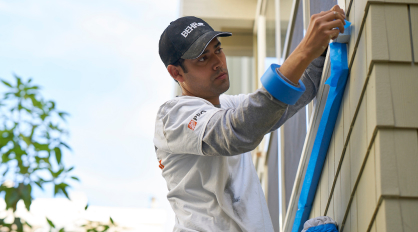
Business Building
Pro Tips
Building a Successful Painting Team
